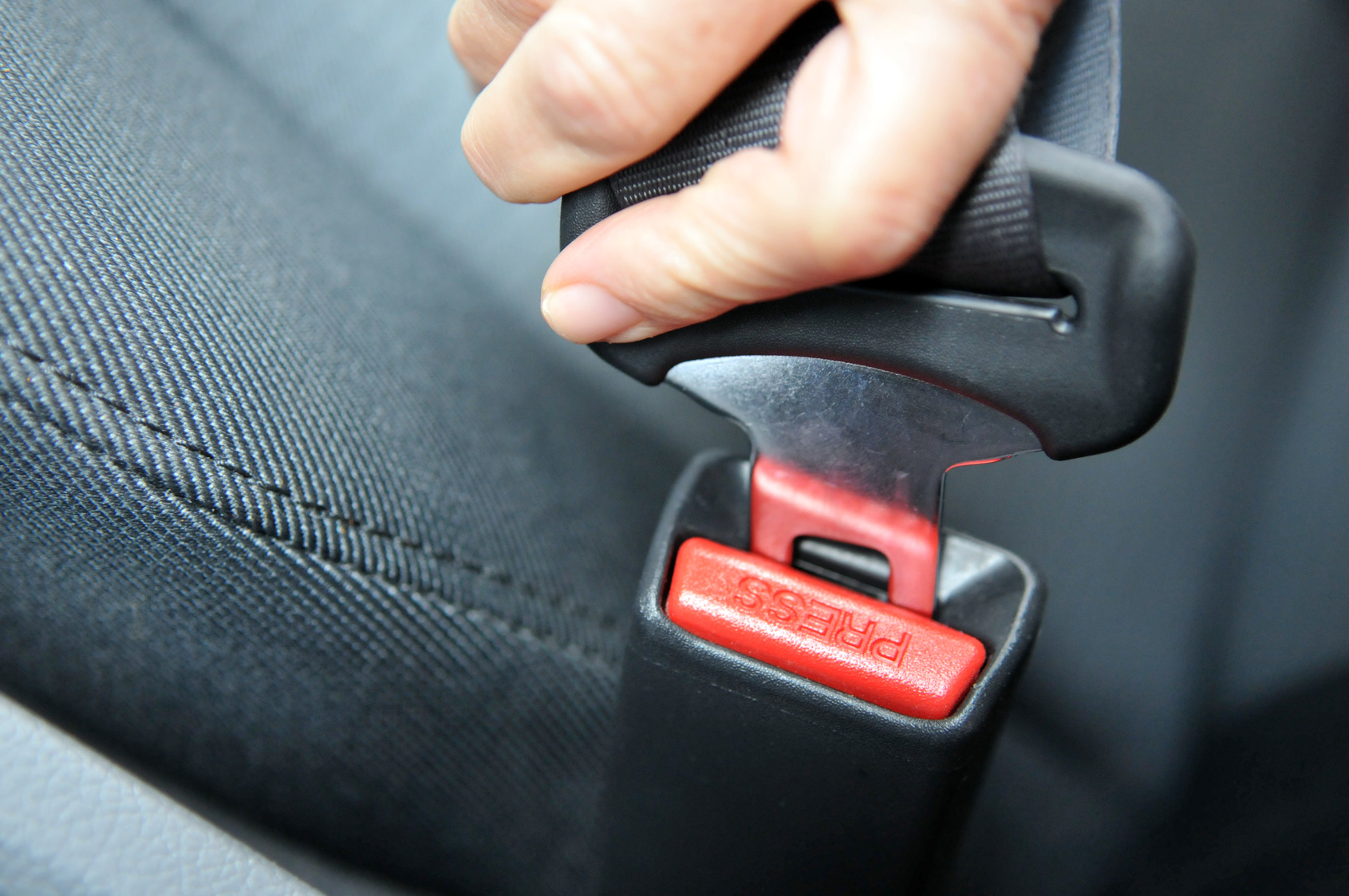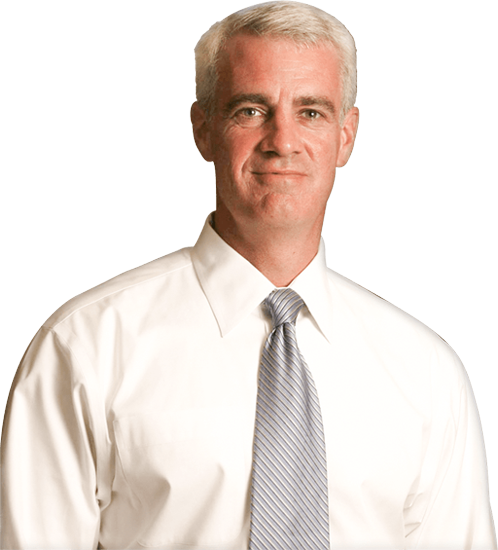The Truth About Seatbelt Safety
With April first just a few days away, many people here in Baton Rouge, LA are getting ready for April fool’s day. However, despite the fun spirit of this holiday closing in, personal injury attorney J Price McNamara and the rest of his staff want to tell you a little about one thing that most certainly is not a joke; your seatbelt.
What do we mean by this? Well, take this statistic for instance; in the year 2012 alone, if all passenger vehicle occupants ages five and older had worn seatbelts, an additional 3,031 lives would have been saved. That’s nearly twice the number of lives lost when the Titanic sunk. (NHTSA.gov)
With that being said, it has come to our attention that not many people know about the importance of seatbelt safety and how it can change the course of your life. Today we have decided to discuss some basic aspects of seatbelt safety for both adults and children in hopes that it might save some lives here in Baton Rouge.
Some Myths About Adult Seatbelt Safety
There are numerous myths about seatbelts and their effectiveness that have been floating around for many years. Many of them are quite obviously false, but with others, it can be a bit harder to tell. Let’s take a look at some of the more popular myths about seatbelts and uncover the truth behind them.
If your car has airbags, you don’t need to wear a seatbelt.
False. Regardless of whether your car has airbags or not, the safest way to travel in a vehicle is to do so while wearing a seatbelt. You are always safer with a seatbelt on.
Your seatbelt can hurt you in a crash.
The truth is everything in your car can hurt you in a crash. The walls, the glass, the metal. All of it has the potential to hard you. However, not wearing a seatbelt and being thrown around in a car during an accident, or worse, ejected from the car altogether, has a much greater chance of causing to harm that the seatbelt does. A seatbelt will keep you stationary, and help to avoid injury caused by any part of your body colliding with, or being thrown through, any part of a car.
If you aren’t going very far or traveling at a high speed, there is no need to wear a seatbelt.
Wrong again. This myth is one of the oldest and most popular in terms of seatbelt safety. In all actuality, those routine trips you take on the road can be the most dangerous. Why? Because you feel comfortable and familiar, thus you are more likely to let your guard down while driving. That means if someone pulls out in front of you, you may not be ready to slam on the breaks.
Most fatal crashes happen within twenty-five miles of home and at speeds of forty miles per hour or less. Always buckle up whether you are going five miles or fifty.
Seatbelt Safety for Children
When it comes to cars and small bodies, some of the rules change. Many people do not know that there is a right and wrong way to buckle your child in. Here are a few examples of mistakes that are made every day with children and seatbelts.
Letting your child sit in the front seat if they are twelve or younger.
Until your child is thirteen, they should always sit in the back seat of a vehicle. Front seat airbags are not designed for children and can actually seriously injure or kill them. You should also never place a rear-facing care seat in the front seat of a car.
Not wearing your seatbelt in front of them.
children learn by example. You cannot expect them to take the safety of a seatbelt seriously if you do not participate as well. always buckle up in front of them while in a car. Also, make sure to establish that wearing a seatbelt is a non-negotiable rule and that the car doesn’t move until everyone is buckled in.
We hope some of the information in this article shed new light on seatbelt safety for you and your family. If you find yourself injured in an accident despite the fact that you were properly buckled in, give the staff at the Law Offices of J Price McNamara a call. We can help you get your life back on track.
Until next time readers, buckle up and stay safe out there.
J. Price McNamara
Attorney
Losing my own brother, then my father and sister after long, disabling illnesses just a few months apart drove a career change for me. Before that experience, I never truly understood the place you’re in. I never understood the dramatic impact that receiving (or not receiving) the disability and life insurance benefits you paid for and counted on can have on your life especially when you need to focus on family and healing. What I experienced with my own family now drives the way I view my clients and my work, and I will never forget it!
Author's Bio



